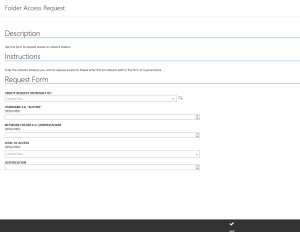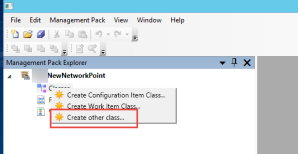After creating a new folder in the Orchestrator Runbook Designer console and a couple of runbooks I found the connector from Service Manager to Orchestrator was not pulling the new runbooks through. The permissions on the new folder had inherited and the account running the connector had permissions.
I found the following SQL command to run against the Orchestrator database
TRUNCATE TABLE [Microsoft.SystemCenter.Orchestrator.Internal].AuthorizationCache
This refreshes the orchestrator authorization cache which presumably contained data created before my new runbook folder. After that running the connector again pulled through the new runbooks as expected.










